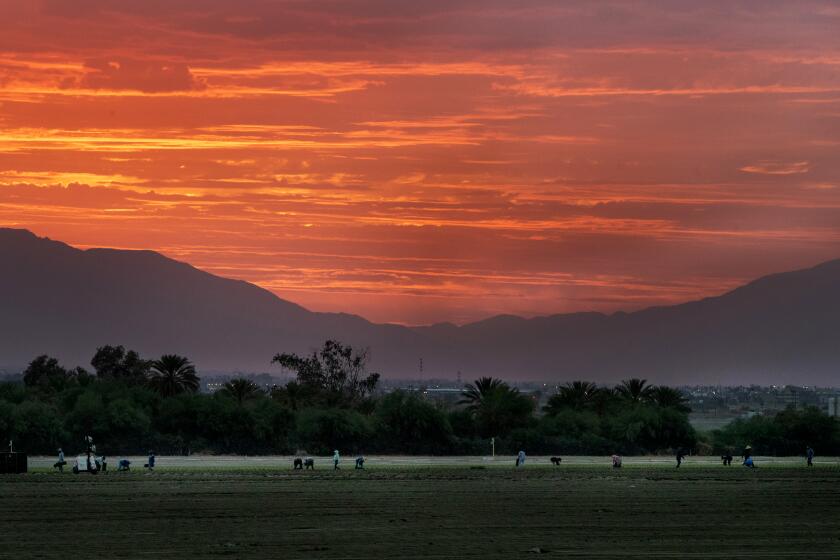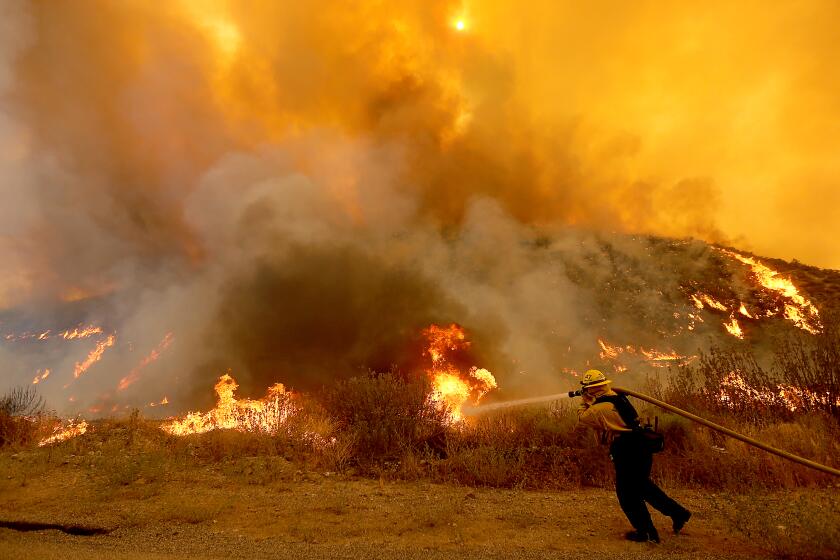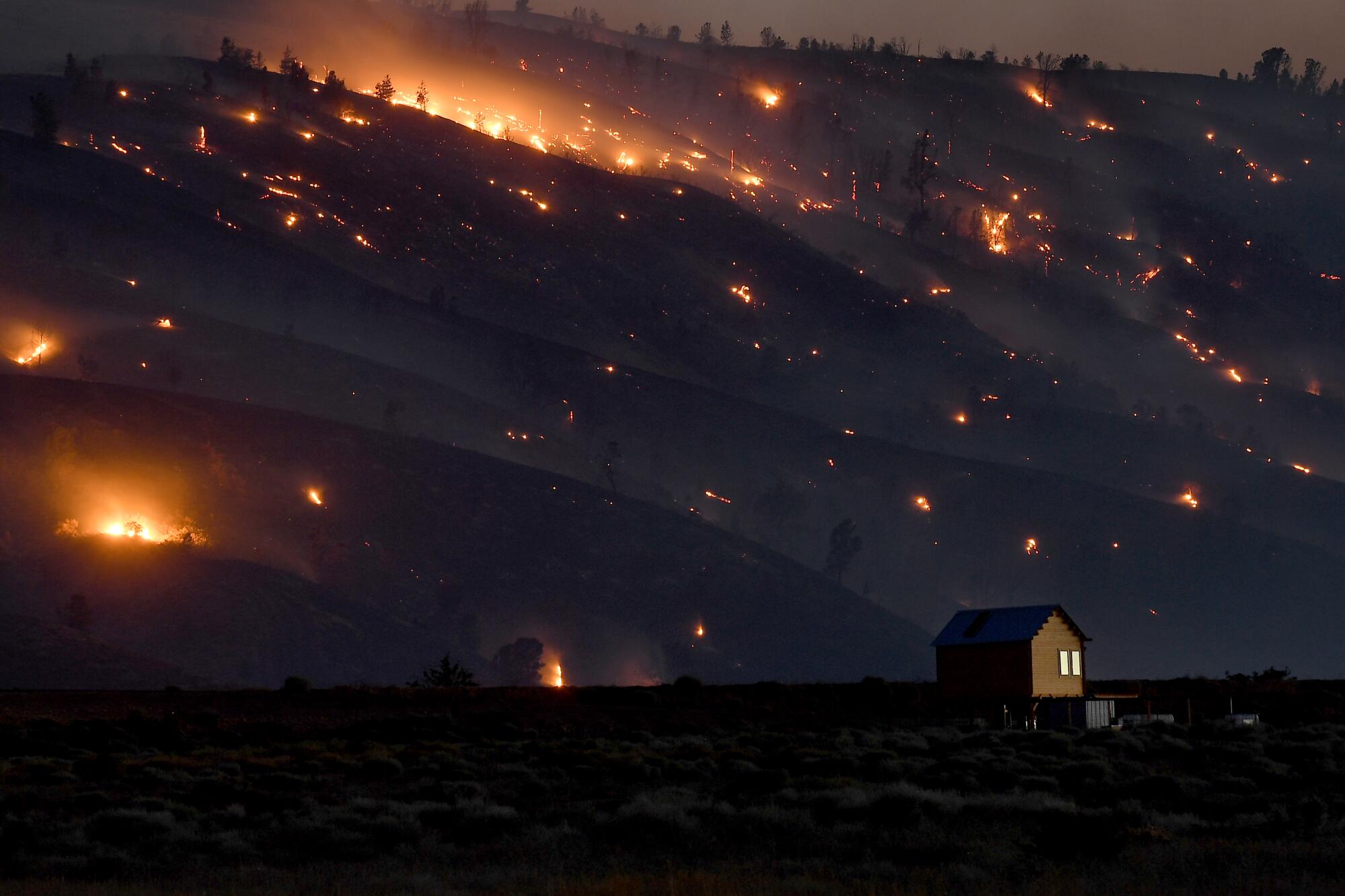
- Share via
State health officials know that extreme heat can cost lives and send people to the hospital, just like wildfire smoke. Now, new research finds that when people are exposed to both hazards simultaneously — as is increasingly the case in California — heart and respiratory crises outpace the expected sum of hospitalizations compared to when the conditions occur separately.
Aggressive and impactful reporting on climate change, the environment, health and science.
In a study published Friday in the journal Science Advances, researchers determined that wildfire smoke and extreme heat together create a previously unrecognized “synergistic effect” or additional burden on people’s health — raising their risk of hospitalization for cardiorespiratory causes by 7%.
Researchers also concluded that this excess harm is borne disproportionately by the most vulnerable Californians, and falls most heavily on areas with lower incomes, denser housing and less access to health insurance than it does in wealthier regions.
“This additional burden is not random,” said Tarik Benmarhnia, a study author and climate change epidemiologist at Scripps Institution of Oceanography at UC San Diego. “This is concentrated in very, very specific communities, and these communities are systematically less advantaged, with less resources and with more racial and ethnic minorities.”
Extreme heat waves such as the one that hit the Pacific Northwest last year may be 20 times more likely to occur if carbon emissions are not reduced.
Researchers at Scripps and UCLA Fielding School of Public Health arrived at these conclusions after examining satellite imagery of wildfire smoke, temperature records, hospital admissions and demographic data from 2006 to 2019 for nearly 1,000 ZIP Codes across California — a sample covering two-thirds of the state’s population.
The areas that experienced the most heat and smoke exposure were in the state’s northern mountains and the Central Valley, and included swaths of Siskiyou, Shasta, Fresno and Kern counties, study authors found.
The findings have worrisome implications for a state already struggling to adapt to a changing climate. Global temperature changes driven by fossil fuel emissions are resulting in more extreme heat days, as well as drier conditions that intensify wildfire risk in California, the study says.
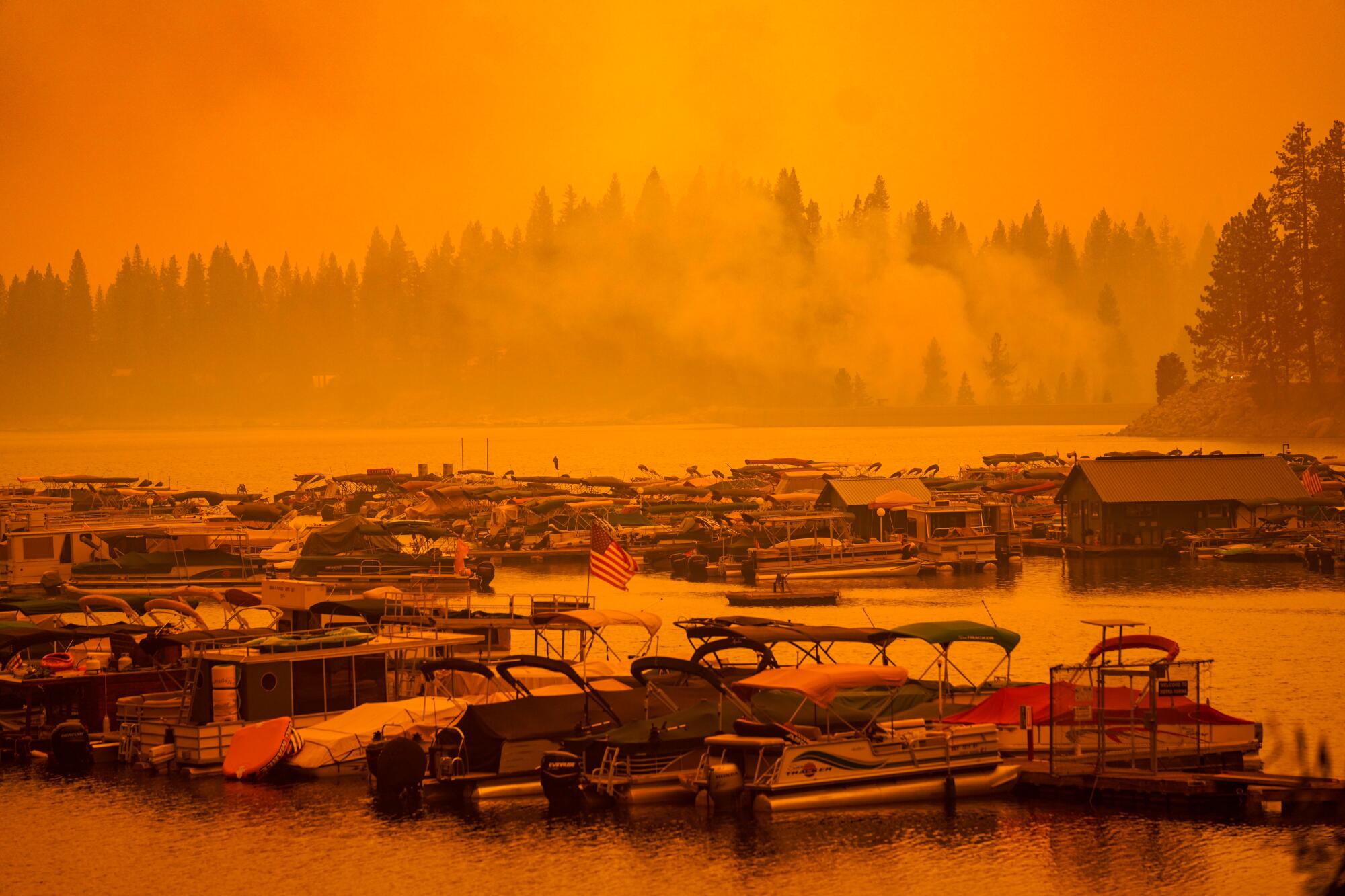
Both outcomes can be deadly, with an estimated 360,000 global deaths attributed to high temperatures in 2019, and as many as 680,000 annual global deaths attributed to fine particulate matter from wildfire smoke.
But the odds of hospitalization are higher when both heat and smoke are present, said Noam Rosenthal, who worked on the study as part of his doctoral research at UCLA. “The relative risk increases for both such that the likelihood is greater than the sum of its parts.”
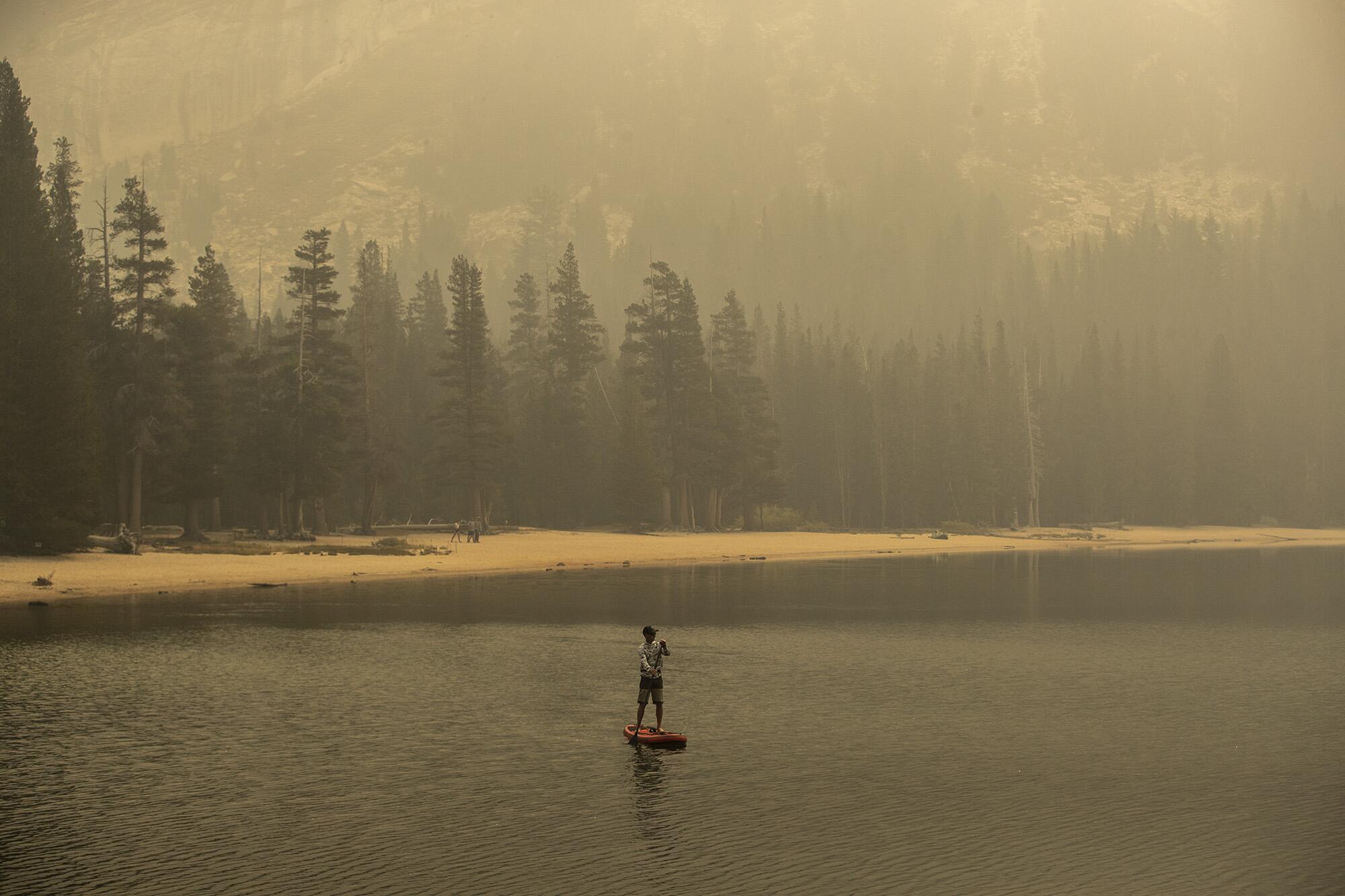
The study underscores the need for a more collaborative response to such challenges — or even a fundamental rethinking of public policy. For example, the National Weather Service typically issues heat advisories, while local air quality districts issue smoke advisories, resulting in siloed information that doesn’t always convey the totality of the risk.
“There’s somewhat of a mismatch between the local hazards as we know them, and how they impact people, and how the state and federal government categorize them,” said Marta Segura, chief heat officer for the city of Los Angeles.
With a global average temperature of 58.96 degrees, the year was nearly one-third of a degree warmer than the previous hottest year on record, according to officials.
The risk is only expected to grow in California and the West, where both wildfires and heat waves have increased in length, intensity and geographic area in recent years. During the 2020 wildfire season — the state’s worst on record — approximately 68% of California was exposed to both extreme heat and smoke particulate matter at the same time, the study says.
It found that communities most at risk include those with lower incomes, lower health insurance coverage, lower education levels, lower proportions of car ownership, lower tree canopy coverage, higher population density and higher proportions of racial and ethnic minorities.
The reasons for this are myriad — many of these populations often have underlying health issues, such as cardiovascular diseases and diabetes that can be exacerbated by heat and smoke. Lifestyle and behavioral factors, such as the need to commute to work or labor outdoors, can also worsen their exposure.
Similarly, the built environment can add to this baseline through existing air pollution issues or housing characteristics that allow for more heat and smoke infiltration. Such problems already plague places like the Central Valley, which suffers from some of the worst air quality in the nation, among other climate hazards.
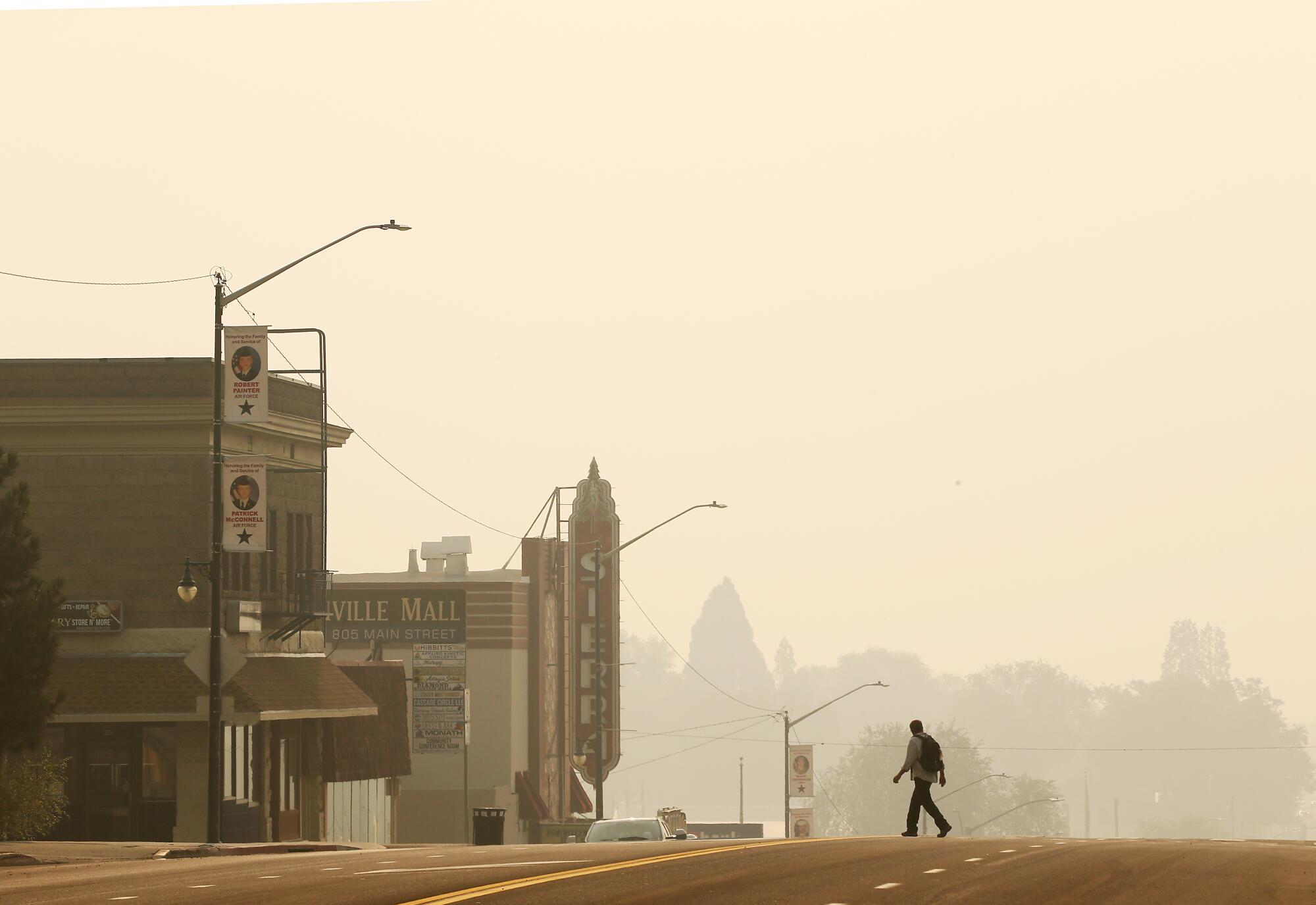
But historical discrimination and structural racism have also played a role, and have left many of these communities with less adaptive capacity, the study stays.
“Many of these minoritized populations are residing in these communities because of racism,” said Karen Lincoln, a social scientist at UC Irvine and director of UCI’s Center for Environmental Health Disparities Research in the Program in Public Health, who was not involved with the study.
“It’s not random that low-income, Black, Brown, Indigenous, some Asian populations, migrant populations, are located in these areas,” Lincoln said. “The reason is that these areas had already been deemed unhealthy and hazardous and uninhabitable.”
Los Angeles County officials want to set a maximum temperature for rental units across most of the county.
The study joins a growing body of research about the intersection of different climate risks. Last month, California-based think-tank the Pacific Institute published a report about how converging hazards — including wildfires, drought, flooding, sea level rise and intensifying storms — are harming access to drinking water and sanitation in California and other parts of the world. The deadly 2018 Camp fire in Butte County impacted an estimated 2,438 private wells, the report said.
Such intersections only add to “the many layers of complexity that climate change really brings,” said Morgan Shimabuku, a senior researcher with the Pacific Institute.
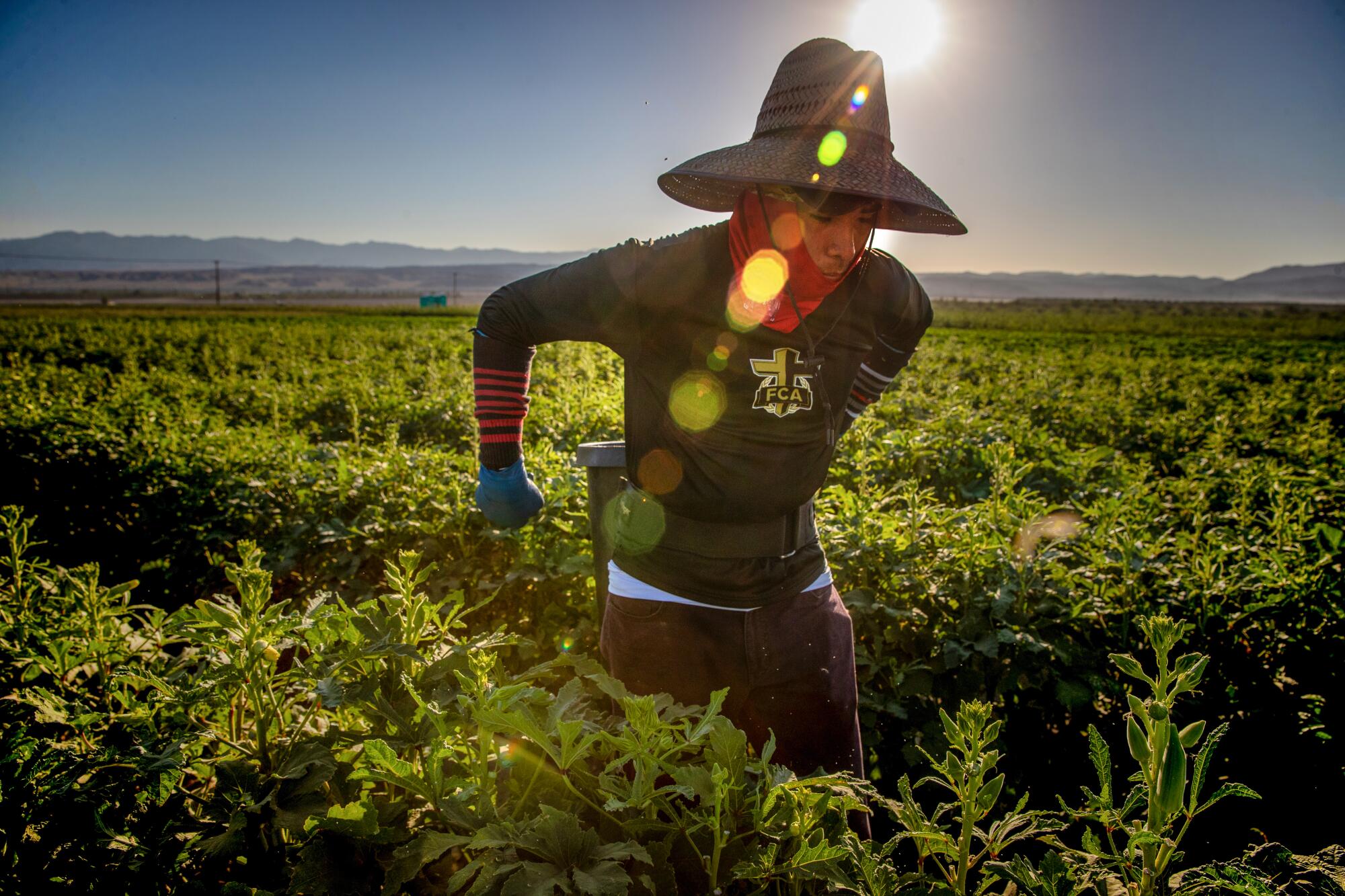
Though the latest paper focused on heat and wildfire smoke, other researchers said they’d expect a similar amplifying effect between heat and air pollution from other sources, such as traffic, diesel trucks, industry and oil refineries.
“It’s not a unique phenomenon to wildfire smoke,” said Rima Habre, an associate professor of environmental health and spatial sciences at USC.
Rosenthal said the researchers chose to focus on the intersection of heat and smoke because of their apparent correlation. Previous studies have demonstrated that wildfires and extreme heat co-occur with great frequency, and that people’s physiological responses to the hazards are related, he said.
In addition to the recommendation for better warning systems, Rosenthal said the study highlights the need for stronger regulations. The California Division of Occupational Safety and Health mandates heat protections for outdoor workers, but has no such protections for indoor workers. The agency has some guidelines around wildfire smoke, but none for the combination of smoke and heat.
Between 1996 and 2020, wildfire burn areas in California grew five times larger than in the 25 years prior. Scientists say climate change is to blame.
In Los Angeles, officials are now in the process of putting together a vulnerability map to identify the communities most at risk from the effects of extreme heat and an altered climate, so that interventions and investments can be targeted to areas most in need, according to Segura, who is also the city’s director of Climate Emergency Mobilization.
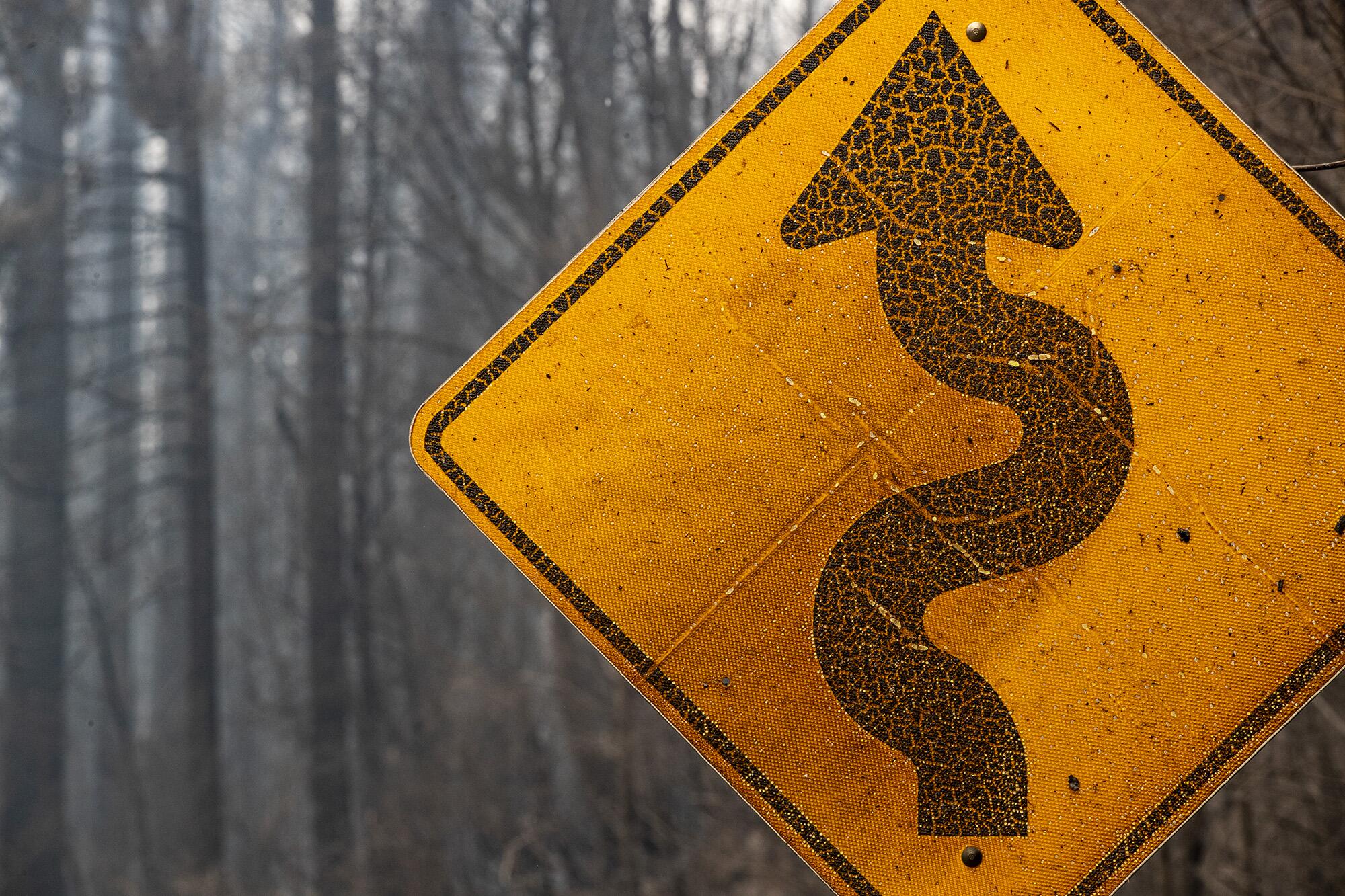
Meanwhile, officials at the state and county level are pushing for indoor cooling standards in residential units. The L.A. County Board of Supervisors recently directed its staff to draft an ordinance that would set a maximum indoor temperature for rental units, with a potential cap around 82 degrees.
The move could make a meaningful difference, as the study found lower impacts from both extreme heat and wildfire smoke in areas with a higher prevalence of air conditioners.
“If we get it right as a city, we can then inform the state and the federal government precisely what we need on a more granular level,” Segura said. “And we hope that they will listen.”
Benmarhnia, of Scripps, said he was not aware of any state or nation that has yet implemented the kind of joint task force or comprehensive hazard warning system the study calls for. But while such efforts are important, he added that it is equally important to focus first on the communities that are most at risk.
“We need to prioritize these communities, because we’re not all equal,” he said.
Toward a more sustainable California
Get Boiling Point, our newsletter exploring climate change, energy and the environment, and become part of the conversation — and the solution.
You may occasionally receive promotional content from the Los Angeles Times.


